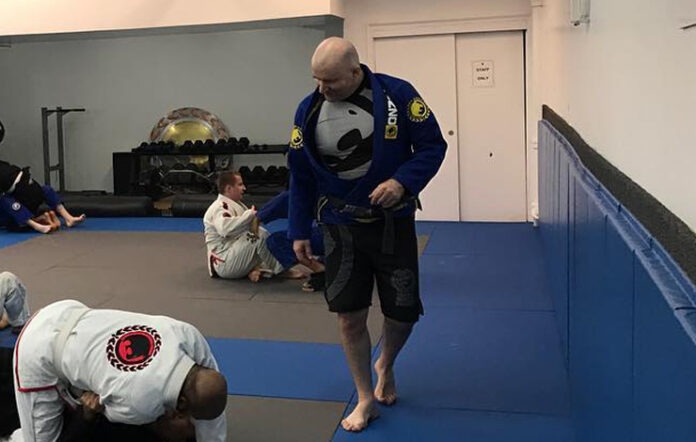
A question to all Jiu-Jitsu Instructors out there – How did you learn Jiu-Jitsu? Did you find things to be confusing, not working when explained, or re-taught after you reached a certain level? Unless you’ve trained with a very select few out there, you’ve probably gone through this “system” of teaching. Now let me ask you this – how much knowledge did you retain from the actual classes, and how much did you have to figure out on your own? The final question is – why would you teach your students in the same way, knowing what the results are?
Doing things just because someone said, or because the founders did them is a great way of never really getting to know what BJJ has to offer, and of stalling the evolution of the sport in general. Unfortunately, the way most Jiu-Jitsu instructors out there teach, this is exactly what is happening. It is easy to just do what was done, just like most teachers do in schools. In both cases, teachers/instructors are not achieving two key things. First, they are not providing students with their expression of the subject matter they are teaching. Second, and most importantly, they’re not teaching the students – they are merely demonstrating.
Why Jiu-Jitsu Instructors Have An Extremely Difficult Task
What is the goal of Jiu-Jitsu instructors? To teach their students Jiu-Jitsu. Logic would have it that said instructors would use all the teaching tools at their disposal to try and transfer as much knowledge to their students in the least amount of time. You’d think this would be the main goal for all Jiu-Jitsu instructors. And yet, it is not.
Being a BJJ coach is no easy task. You should transfer knowledge to people about things like leverage, timing, principles, concepts, and how things feel. That is no easy task right there. It also demonstrates that the task of BJJ instructors is not just to teach techniques in a meaningless step-by-step by step fashion and then let students figure things out. All that has been done in the past, is how most people that have picked up BJJ between the early 1990s and the 2010s have trained. It has also been proven to be a less-than-optimal way of learning.
The task that Jiu-Jitsu instructors have extends past just demonstrating. You need to find a way to explain BJJ to people in such a way that they understand it. They need to know why they are doing the things that they are doing, why they work best that way, and not just how you execute an armbar from closed guard in 12+ steps on the first days just because someone said that it is a foundational BJJ move that should be taught to beginners. It is not, and you can try and prove me wrong. I will wait.
Sport Vs. Art Vs. Science
Here’s where the big paradigm shift of teaching Brazilian Jiu-Jitsu lies. We train BJJ like people train martial arts. That means we employ the “if this – then that” model. That is the same way in which people learn Aikido, Karate, and similar stuff. But here’s the trick – while you can learn things in technical steps like that when it comes to using them, things are different. Not in Aikido and Karate, but very much so in Jiu-Jitsu.
The reality is that sparring and competing in Jiu-Jitsu is an extremely chaotic affair. In that sense, we can compare it to things like MMA, boxing, and wrestling. And still, you don’t see boxers and wrestlers train in that traditional martial arts type that BJJ people do. How come Jiu-Jitsu instructors expect people to learn a 12-step armbar setup from a guard and execute it in rolling or a match? An armbar from the guard is NEVER, literally NEVER going to look, feel, and work that way when done live.
The way we train BJJ is like a martial art. The way we compete in BJJ is like a combat sport. There’s a glaring and big divide there. the way to bridge it is to accept that BJJ is neither exclusively a martial art nor a combat sport. it is somewhere in between. That is where science comes into play f- we need to learn Jiu-Jitsu as a science, and we need to express it like art in the chaotic sports environment that rolling and competing presents. Jiu-Jitsu instructors, now you have a different task ahead of you – figure out how to teach this to your students.
A Word On Methodology
This is where things get interesting. First of all, let’s look at a classic BJJ class. You go in, warm up, then you have technical practice with 2-4 techniques, perhaps a series of drills or positional sparring, and finally, you go and roll. Question – how many times have you used the same move you were learning that class in a roll? If we are to optimize learning, it should be done in every class with every move.
That brings me to the sheer number of techniques taught. 3 moves per training, with 3 classes per week equals 9 moves per week. That is 36 moves per month. Do you know how many new techniques are in a year? 432 to be extremely precise. There is no way anyone is learning so many moves in a year and applying them in rolling or competing. So why are Jiu-Jitsu instructors so focused on teaching this way?
When it comes to the best methodology for teaching Jiu-Jitsu, it has not been precisely specified yet. However, we do know how not to do it (from decades of experience). We also know which approach to utilize – try and teach people WHY we do things in BJJ and WHAT the goal of every move is. Jiu-Jitsu instructors should guide their students to a fundamental understanding of what is top and bottom, how levers and frames work to help them obtain their goals, and why certain mechanics are superior when it comes to executing moves. Then, we should let people form their expression of what they have learned when the time comes to have them do it live.
Moreover, as Jiu-Jitsu instructors we need to formulate a curriculum that has people drilling and executing the things taught in class immediately when they roll. There’s a future full-length article coming on this particular methodology.
Final Thoughts
Jiu-Jitsu instructors do not have an easy task. Those who simply waltz into an academy and decide what they will teach then and there, are probably going to start losing students when they start reaching purple/brown belt. The same is true for those who blindly follow decade-old curriculums just because they are a part of an affiliation. BJJ teaching methodology is in for a revamp, and all Jiu-Jitsu instructors should jump on board and improve the way we teach the new generations of grapplers. Let’s make them better, faster!


![Darce Choke Encyclopedia – Origins, Mechanics and Variations [2025] BJJ, choke, Brabo, BJJ Darce Choke, D'arce Choke, Darce BJJ Choke](https://bjj-world.com/wp-content/uploads/2017/11/JungPoirierLeeYahoo-218x150.jpg)







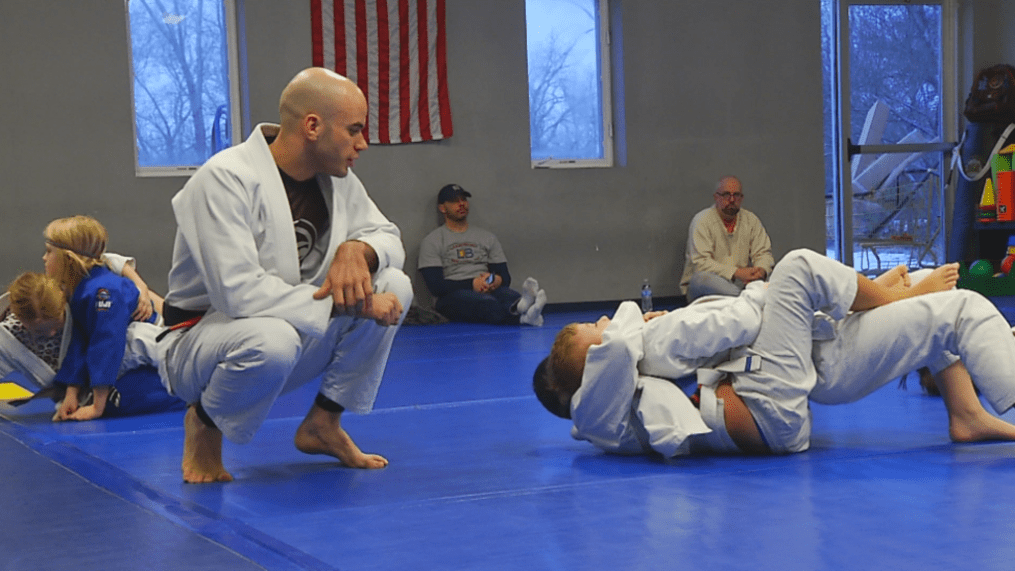
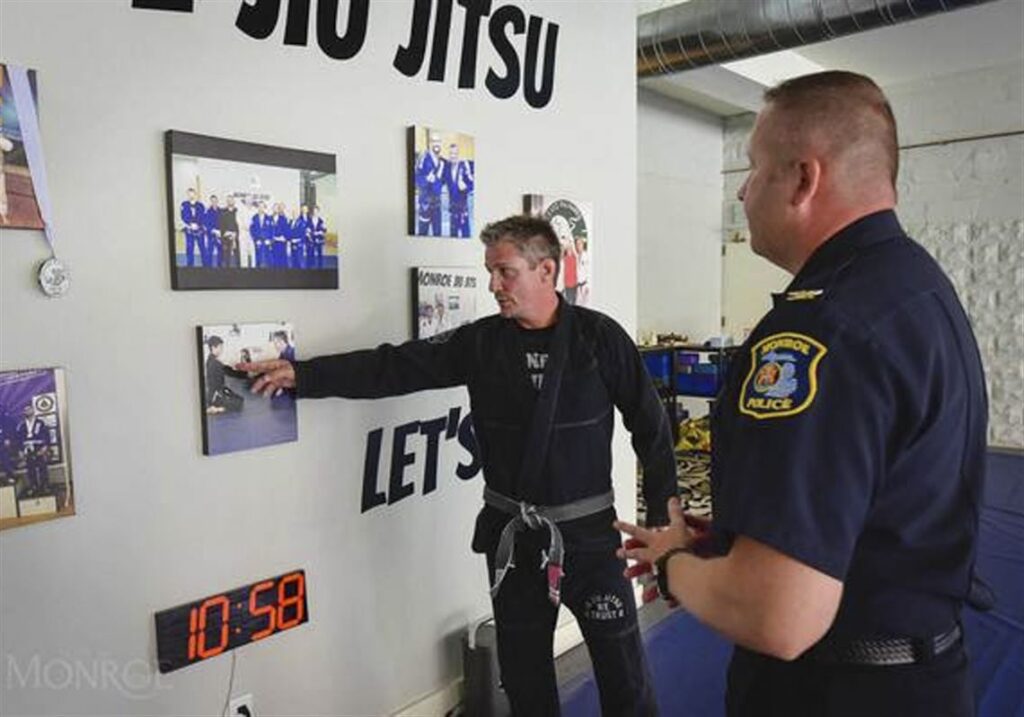


![Countering with Crab Ride Anthony Budion DVD Review [2025] Countering with Crab Ride Anthony Budion DVD Review](https://bjj-world.com/wp-content/uploads/2025/03/countering-with-crab-ride-anthony-budion-dvd-review-218x150.png)
![Closet Closed Guard Craig Jones DVD Review [2025] Closet Closed Guard Craig Jones DVD Review](https://bjj-world.com/wp-content/uploads/2025/03/closet-closed-guard-craig-jones-dvd-review-218x150.png)
![Xanadu Back Takes Levi Jones-Leary DVD Review [2025] Xanadu Back Takes Levi Jones-Leary DVD Review](https://bjj-world.com/wp-content/uploads/2025/03/xanadu-back-takes-levi-jones-leary-dvd-review-218x150.png)

![No-Gi Grapplers Guide To Front Headlock Joel Bane DVD Review [2025] No-Gi Grapplers Guide To Front Headlock Joel Bane DVD Review](https://bjj-world.com/wp-content/uploads/2025/03/no-gi-front-headlock-joel-bane-dvd-review-218x150.png)
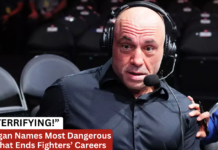
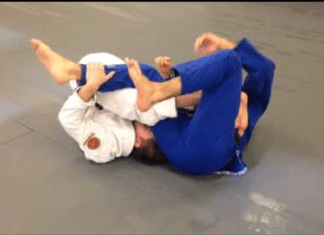

![Modern Split Squat Passing Jason Rau DVD Review [2024] Modern Split Squat Passing Jason Rau DVD Review](https://bjj-world.com/wp-content/uploads/2024/11/modern-split-squat-passing-jason-rau-dvd-review-100x70.png)
![Countering Triangles And Omoplatas Adam Mazin DVD Review [2024] Countering Triangles And Omoplatas Adam Mazin DVD Review](https://bjj-world.com/wp-content/uploads/2024/10/countering-triangles-and-omoplatas-adam-mazin-dvd-REVIEW-100x70.png)
![Double Sleeve Guard Jon Thomas BJJ DVD Review [2024] Double Sleeve Guard Jon Thomas BJJ DVD Review](https://bjj-world.com/wp-content/uploads/2024/10/double-sleeve-guard-jon-thomas-bjj-dvd-review-100x70.png)




![Daisy Fresh WHITE BELT Wrestling Curriculum DVD Review [2024] Daisy Fresh WHITE BELT Wrestling Curriculum DVD Review](https://bjj-world.com/wp-content/uploads/2024/10/daisy-fresh-white-belt-wrestling-curriculum-review-100x70.png)
![Complete Front Headlock System Michael Pixley DVD Review [2024] Complete Front Headlock System Michael Pixley DVD Review](https://bjj-world.com/wp-content/uploads/2024/10/front-headlock-system-michael-pixley-dvd-review-100x70.png)


![Reverse Arm Bar System Andrew Kerfoot DVD Review [2024] Reverse Arm Bar System Andrew Kerfoot DVD Review](https://bjj-world.com/wp-content/uploads/2024/10/reverse-arm-bar-system-andrew-kerfoot-dvd-review-100x70.png)
![The Closed Guard Malachy Friedman BJJ DVD Review [2025] The Closed Guard Malachy Friedman BJJ DVD Review](https://bjj-world.com/wp-content/uploads/2025/01/closed-guard-malachy-friedman-bjj-dvd-review-100x70.png)

![Essential Shin To Shin System Shawn Williams DVD Review [2025] Essential Shin To Shin System Shawn Williams DVD Review](https://bjj-world.com/wp-content/uploads/2025/01/shin-to-shin-system-shawn-williams-dvd-review-100x70.png)

![Just Pass Jay Rodriguez DVD Review [2024] Just Pass Jay Rodriguez DVD Review](https://bjj-world.com/wp-content/uploads/2024/11/just-pass-jay-rodriguez-dvd-review-100x70.png)
![Higher Tripod Passing Craig Jones DVD Review [2025] Higher Tripod Passing Craig Jones DVD Review](https://bjj-world.com/wp-content/uploads/2025/02/higher-tripod-passing-craig-jones-dvd-review-100x70.png)
![Eoghan O’Flanagan Bundle Down Right Sloppy Jiu-Jitsu Review [2024] Eoghan O'Flanagan Bundle Down Right Sloppy Jiu-Jitsu Review 2024](https://bjj-world.com/wp-content/uploads/2024/09/down-right-sloppy-jiu-jitsu-eoghan-oflanagan-bundle-100x70.png)
![Closed Guard Reintroduced Adam Wardzinski DVD Review [2025] Closed Guard Reintroduced Adam Wardzinski DVD Review](https://bjj-world.com/wp-content/uploads/2025/01/closed-guard-reintroduced-adam-wardzinski-dvd-review-100x70.png)
![Baby Shark Guard System Diogo Reis DVD Review [2025] Baby Shark Guard System Diogo Reis DVD Review](https://bjj-world.com/wp-content/uploads/2025/02/baby-shark-guard-system-diogo-reis-dvd-review-100x70.png)
![Highlight Hip Throws Christian Ozbek DVD Review [2025] Highlight Hip Throws Christian Ozbek DVD Review](https://bjj-world.com/wp-content/uploads/2025/01/highlight-hip-throws-christian-ozbek-dvd-review-100x70.png)
![Jeff Higgs Self Defense Guard BJJ DVD Review [2024] Jeff Higgs Self Defense Guard BJJ DVD Review](https://bjj-world.com/wp-content/uploads/2024/09/jeff-higgs-self-defense-guard-bjj-dvd-review-100x70.png)
![Woj Lock the World Chris Wojcik Ankle Locks DVD Review [2024] Woj Lock the World Chris Wojcik Ankle Locks DVD Review](https://bjj-world.com/wp-content/uploads/2024/12/woj-lock-the-world-chris-wojcik-dvd-review-100x70.png)


